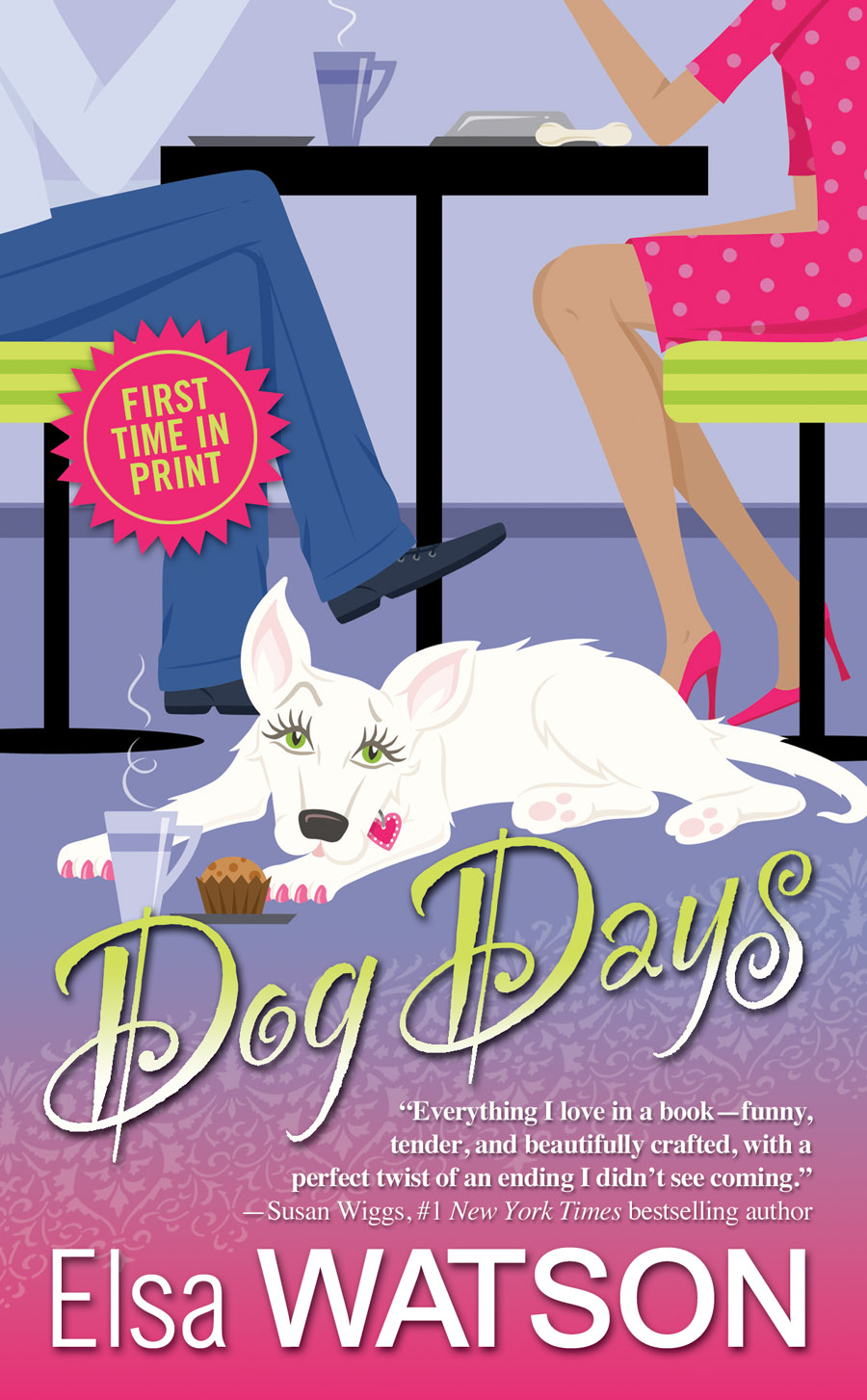By Elsa Watson
“What do you suppose he’s thinking?”
We’ve all had a moment—or a hundred—of looking into our dog’s eyes and trying to figure out what’s going on between those two furry ears. Sometimes it’s painfully obvious, like when a Lab is staring—hard—at a tennis ball. But most of the time it’s a mystery. Dogs bark, they run and sniff, they spring into the air, and most of the time we have no idea what’s going on in their heads.
Not, of course, that that’s ever stopped me from trying to guess. I’m one of those people who loves putting words into my dogs’ mouths.
“Lucky says ‘move out of the front seat,’” I’ll say. “He’s driving today.”
“Kota says ‘I’ll eat those French fries for you. It’s no problem. Really.’”
I have a feeling this is a pretty annoying habit. Even so, I can’t stop myself. The words just pop out. Sometimes I do it to be funny, like when I have Lucky, the senior dog of our pack, refer to my husband by his first name and to me as “number two.” I also like to imagine that there’s a grain of truth hidden in my one-liners. But at the end of the day, I have to admit that I’m just making things up. I have no idea what they’re thinking. And I never will.
That’s why it was so much fun to climb into the mind of a dog when I was writing my novel Dog Days. In the world of fiction, there are no rules—or very few—so if you want to write from the perspective of a dog, you can. And if you want to make up the whole thing, start to finish, without ever once hedging and saying “of course, I don’t really know what this dog is thinking,” you can do that, too.
When this occurred to me, I was giddy. And I was even more tickled when I settled on the dog of my story, a rambunctious white German shepherd named Zoe. Zoe is a loveable goof who has her own ideas about things. But a crazy thing happens to h
er—and to Jessica Sheldon, my human main character. When they’re struck by magical lightning, they switch bodies. Zoe finds herself (to her delight) in a human body, while Jessica winds up in a dog’s body. When this idea first struck, the image I couldn’t get out of my mind was of a dog suddenly trying to operate a human body. I pictured it flailing around, butt up in the air, trying to go on all fours, and I knew this was a book I had to write.
As I was writing, whenever I found myself stumped as to what Zoe should think or do next, I just asked myself what our dog Kota would do. Kota has a great sense of humor and a strong personality, so I knew she’d never waffle. If there were cookies to pull out of a garbage can, she would pull them out. If she spotted a cat from afar, she’d make a bee line for it. I’ve had so many years of practice with putting words in Kota’s mouth, it was easy to do it for Zoe, too. It was as if I’d been practicing all these years, getting ready for my one big chance to really and truly speak for a dog. Even if that dog is fictitious.







